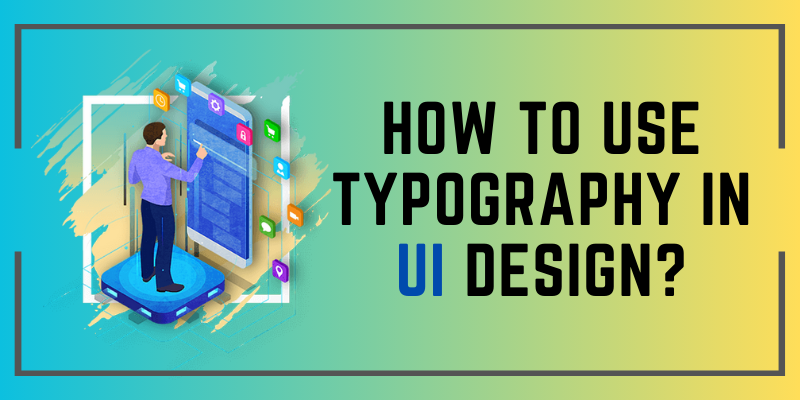
Typography is more than just selecting fonts and colours; it is an art form essential for bringing a digital interface to life. Effective typography in User Interface (UI) design goes beyond aesthetics to promote clarity, readability, and a smooth user experience. This blog will explore the concepts of using typography in UI design and how it helps create visually appealing and user-friendly interfaces. To learn more about UI UX Design, enrol in the UI UX Designer Course in Coimbatore, which offers certification training and placement support.
The Art of Typography in UI Design
Typography in UI design involves carefully selecting and arranging fonts and typefaces to convey information effectively. It goes beyond decoration; it significantly impacts how consumers interact with and perceive digital content.
Creating Visual Hierarchy
One of the primary functions of typography is to create a visual hierarchy inside the interface. Designers can lead readers through the text by shifting font sizes, weights, and styles, emphasizing important information and providing a logical flow.
Enhancing Readability
The ultimate purpose of typography is to make content readable. Font choice, line spacing, and letter spacing all substantially impact text legibility on the screen. Designers must achieve a balance that maintains readability across multiple devices and screen sizes. Join FITA Academy‘s UI UX Course in Hyderabad. It offers advanced certification training and 100% job placement assistance.
Choosing the Right Fonts
Understanding Typeface Personality
Different typefaces convey distinct personalities. Serif fonts often evoke a sense of tradition and formality, while sans-serif fonts are perceived as modern and clean. Understanding the personality of each typeface helps align it with the brand and the intended user experience.
Considering Readability Across Devices
In the age of responsive design, choosing legible fonts across several devices is critical. Responsive typography entails adjusting font size and spacing to provide optimal readability on a large desktop display or a small mobile screen.
Using Typography for Branding
Consistency Across Brand Elements
Typography is an essential part of a brand’s visual identity. Using fonts consistently in UI design and other brand elements helps boost brand awareness and produce a cohesive and memorable user experience. Enroll in the UI UX Designer Course in Pondicherry, which will help you understand more concepts about the benefits of UI UX.
Expressing Tone and Voice
Fonts can convey a brand’s tone and voice. Whether it’s a humorous and informal style or a more serious and professional tone, typography plays a critical part in determining the overall atmosphere of the interface.
Finally, understanding how to use typography in UI design is critical for building visually appealing interfaces that create a seamless and joyful user experience. Typography influences how people interact with digital material by building a visual hierarchy and selecting fonts that correspond with brand identity. Designers can employ typography to enhance user interface designs and make a lasting impact on consumers by implementing the principles covered in this article.
Typography is more than simply letters and words; it is about producing an immersive, user-centric design that effectively communicates the intended message. As technology advances, so will the role of typography in influencing the future of UI design. Join the UI UX Designer Course in Madurai to learn more about UI UX, which will help you develop your career by providing certification training with real-time projects.
